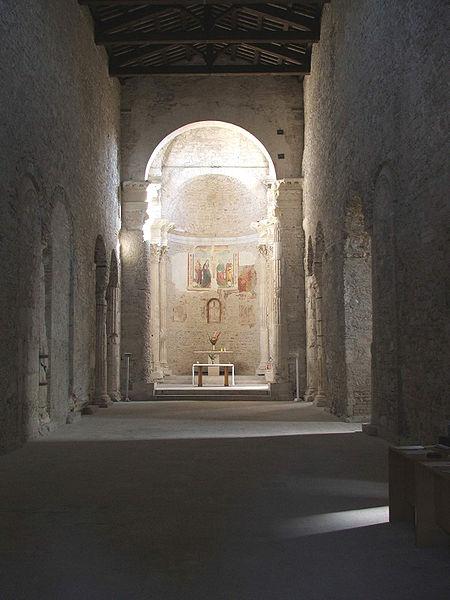Basilica di San Salvatore
Seven groups of monasteries, churches and fortresses throughout Italy have been designated World Heritage sites by the United Nation’s cultural body UNESCO.
“The Longobards, Places of Power” is made of seven distinct sites filled with buildings that bear witness to the great power and influence of the Lombards between 774 and 568 A.D.
The Lombards migrated to Italy from northern Europe in the 6th century and controlled enormous stretches of territory into the 8th century.
Their influence helped to develop the monastic movement that laid the basis for the expansion of Medieval Christianity throughout Europe.
The seven sites chosen to be protected with UNESCO World Heritage status offer irreplaceable examples of Lombard architecture, marking the transition from ancient times to the Middle Ages.
Notably, the Gastaldaga area and the Episcopal complex in Cividale del Friuli represent the first Longobard Duchy in Italy and is a stunning example of Lombard urban organization and architecture. The church of Santa Sofia and the neighbouring convent are emblematic of the religious style of Lombard liturgical artists in the Early Middle Ages.
The Longobards, Places of Power includes the following seven sites:
- The Gastaldaga area and the Episcopal complex
- The monumental area with the monastic complex of San Salvatore-Santa Giulia
- The castrum with the Torba Tower and the church outside the walls, Santa Maria foris portas
- The basilica of San Salvatore
- The Clitunno Tempietto
- The Santa Sofia complex
- The Sanctuary of San Michele
The UNESCO committee in Paris is still in the processes of reviewing all 35 nominations for 2011. Sites in Jordan, Syria, Japan and Australia have also been inscribed on the World Heritage list this year.
Italy boasts the greatest concentration of UNESCO sites in the world.









